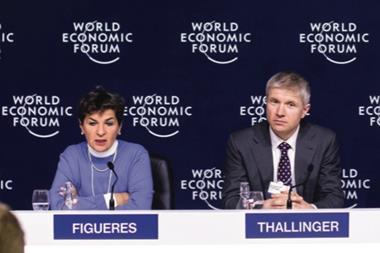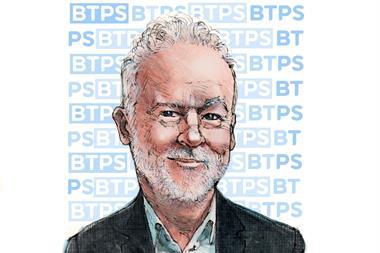The BT Pension Scheme (BTPS) has published a plan to plug its £7.98bn (€9.3bn) deficit over the next 10 years, following its latest triennial valuation as of 30 June 2020.
The plan sponsor, BT, and the scheme’s trustees had agreed on a “pension valuation that provides an enduring solution for BT and the BTPS, enabling BT’s transformation and investment programmes and helping to protect the BTPS as it progresses towards a low risk long term investment strategy”, the scheme said.
The deficit repair plan was set in two parts:
- £2bn of deficit to be met through an asset-backed funding (ABF) arrangement over 13 years with annual cash payments of £180m pa, secured against BT’s EE business;
- the balance to be met over the existing 10-year period with annual cash contributions reducing from £900m initially down to £600m from 1 July 2024.
A new “stabiliser” mechanism will also be used to reduce the risk of future trapped surplus and to provide more certainty that the BTPS will achieve full funding by clarifying how future increased deficits would be funded, it said.
Additionally, the scheme’s existing de-risking investment strategy will be maintained, it said, allowing future investment returns to continue to play their role in eliminating its deficit while progressing over time to a low risk cash flow matched investment portfolio.
In a recent interview with IPE, Frank Naylor, the scheme’s chief investment officer who is soon to retire, said that BTPS’s strategy was to gradually replace all risky assets, such as equities, with bonds and other cashflow-matching assets by 2035.
As of 30 June 2020 the £57.32bn scheme held 63% of its assets in cash flow matched assets and 37% in growth assets.
Simon Lowth, BT’s chief financial officer, said: “This agreement keeps us on track for zero funding deficit by 2030, whilst ensuring we have the financial capacity to drive our value-enhancing investment opportunities.”
| June 2017 | June 2020 | |
|---|---|---|
|
Assets (£bn) |
49.13 |
57.32 |
|
Liabilities (£bn) |
(60.43) |
(65.30) |
|
Deficit (£bn) |
(11.30) |
(7.98) |
|
Funding level |
81% |
88% |
Otto Thoresen, chair of the scheme’s trustees, said: “Good progress has been made since the last full valuation in 2017. The deficit reduction plan is on track with the scheme set to be fully funded by 2030”.
He added that throughout the valuation process the trustees worked closely with the sponsor to develop and agree on a solution that would allow BT to invest whilst providing the scheme with upfront and additional funding if the deficit continues to increase.
“The agreement, together with the ongoing de-risking of the investment strategy, provides an enduring solution giving us greater confidence that we will achieve our objectives,” he said.
Asset-backed funding
The ABF arrangement will be structured as a Scottish Limited Partnership (SLP), with £180m pa payable annually in June. The stream of payments will be financed through proceeds from EE Limited – BT’s own mobile network operator and internet service provider – and shares in EE will provide security over the payment stream.
No impact is expected to the day to day operations of BT or EE as a result of implementing the structure, the scheme said.
Stabiliser mechanism
The plan sponsor has agreed with the scheme trustees to a new co-investment vehicle, which will provide BT some protection against the risk of overfunding by allowing money to be returned if not needed by the scheme, enabling BT to provide “upfront funding with greater confidence”, BTPS said.
BT has the option to pay deficit repair plan payments after 30 June 2023 into the co-investment vehicle – which is an SLP separate to the SLP used for the ABF vehicle – which will be invested as if part of the overall BTPS investment strategy.
The value of the assets held in the vehicle will be included in the scheme’s assets for the purposes of calculating both the funding deficit and the IAS 19 deficit, it said.

























No comments yet